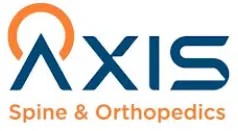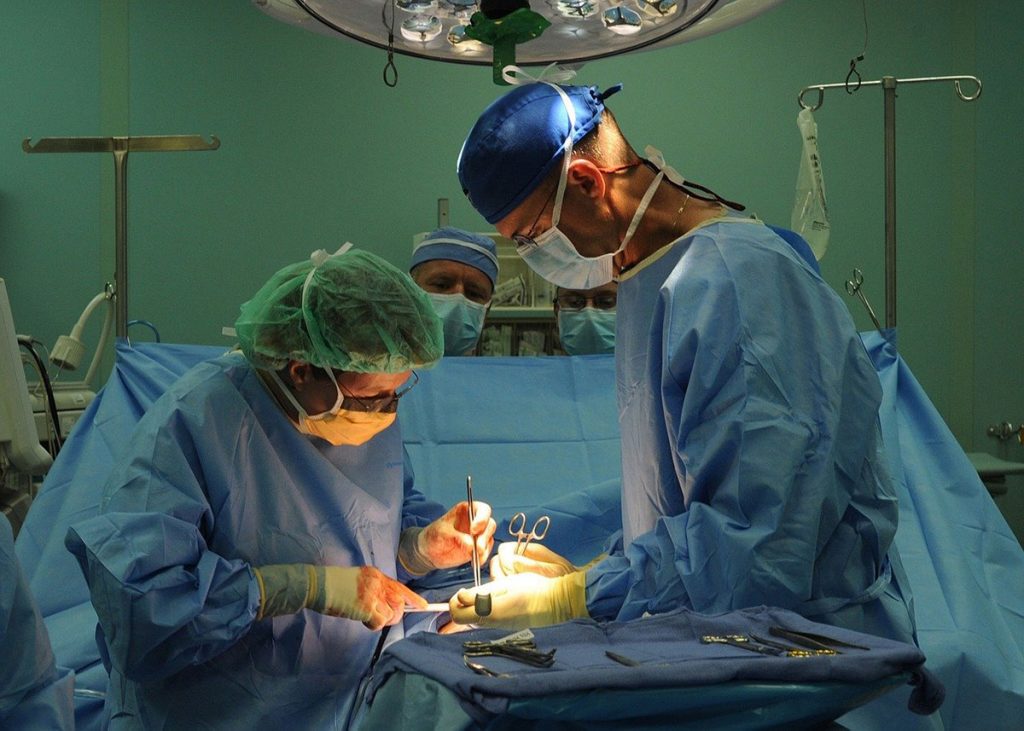Top Guidelines Of Axis Spine And Orthopedics
Top Guidelines Of Axis Spine And Orthopedics
Blog Article
The 4-Minute Rule for Axis Spine And Orthopedics
Table of Contents8 Simple Techniques For Axis Spine And OrthopedicsAbout Axis Spine And OrthopedicsAll about Axis Spine And OrthopedicsGetting The Axis Spine And Orthopedics To Work
An orthopedic cosmetic surgeon is a medical professional that specializes in dealing with issues of the bones, joints, and connective cells, and guaranteeing you keep a healthy and balanced musculoskeletal system., we have actually extremely certified orthopedic specialists that are qualified of dealing with patients of all ages. I obtained entailed in research study throughout my initial year of medical school, and I began making connections with orthopedic doctors early on.
Follow these guidelines meticulously to avoid problems throughout the treatment. Discuss the post-operative treatment strategy with your surgeon. Understand what to expect throughout the recovery duration and how much time it will take to return to daily tasks. Organize for transport to and from the healthcare facility on the day of surgical treatment.
Not known Details About Axis Spine And Orthopedics

Your medical professional will certainly offer lots of details relating to post-operative care, including how to stay clean and maintain the surgical area clean. Adhering to these ideas can prepare you literally and psychologically for your orthopedic surgery. Bear in mind to maintain a favorable overview and count on your clinical group's proficiency, adding to a smoother recovery process.

Nobody anticipates you to understand anything, so do not attempt to memorize a lot of arbitrary realities. Or else, joint discomfort can actually mess up your life.
The constant pains in your knee or the tightness in your shoulder can slow you down and make basic jobs hard. Usual conditions dealt with by orthopedic specialists are: Fractures and Bone Injury: Broken bones and various other injuries from crashes or effects. Joint inflammation: Particularly osteo arthritis, which causes joint pain and rigidity. Benign Soft Tissue Lumps: Non-cancerous developments in muscle mass or various other soft tissues. Bone Cancer Cells: Tumors in the bones. Bursitis: Inflammation of the tiny cavities of.
Rumored Buzz on Axis Spine And Orthopedics
fluid that support the bones, tendons, and muscles near your joints. Neck and Reduced Pain In The Back: Problems influencing the spinal column. Orthopedic Injury: Serious injuries affecting bones, joints, or soft cells. Sports Injuries: Troubles like ligament rips, tendon injuries, and joint discomfort from sports activities.
Orthopedic doctors perform a range of procedures to help people with bone and joint issues. Aside from these subspecialists, some orthopedic doctors are generalists. Training might include conventional medical college (a doctor of medicine degree, or MD)or osteopathic education (a physician of osteopathy level, or DO) - axis spine.
Axis Spine And Orthopedics for Dummies
Next off, they finish an orthopedic residency. It's normally five years and gives hands-on understanding in a clinical setting. Limited motion because of discomfort. Rigidity. First visits commonly include: Reviewing your signs and symptoms, clinical background and way of life. A physical examination, including relocating the impacted joint in certain ways. Imaging researches, such as view publisher site an X-ray. Description of your medical diagnosis.
Therapy suggestions. Some problems require extra imaging, like a CT check or MRI for more thorough sights of the painful location. Your orthopedist will certainly recommend therapies to minimize signs until you receive a medical diagnosis. Orthopedic specialists concentrate on nonsurgical and medical methods. For particular kinds of orthopedic trauma or hereditary conditions, surgery is usually the very first line of treatment. For the majority of other problems, orthopedists attempt nonsurgical treatments. It might take greater than one kind of therapy to achieve long-term alleviation. Selecting the right is important for effective surgical results and improved person recuperation. With a variety of choices offered on the market, it can be overwhelming for both cosmetic surgeons and individuals to make an informed choice. The leading five elements to consider when choosing an orthopedic implant are medical compatibility, cost-effectiveness, considerations for modification surgical procedure, patient-specific variables, and the layout and development of the implant. They are available in various shapes, dimensions, and materials, each serving a certain objective based on the person's requirements. Comprehending the fundamentals of orthopedic implants is important prior to diving right into the decision-making procedure. One of the leading considerations when picking an orthopedic dental implant is its compatibility with the surgical treatment. Different implants are created for numerous surgical techniques and techniques. The orthopedic implant ought to be particularly created to fit the person's composition and ensure stability throughout the healing process. Surgical compatibility entails variables such as dental implant size, shape, and product. The success of orthopedic treatments relies greatly on the proper choice and positioning of implants that are compatible with the client's makeup and case history. By prioritizing client safety and wellness, orthopedic specialists can accomplish successful end results and provide the best quality of treatment to their people. Doctors must carefully think about the biomechanical residential properties of the dental implant and how it will certainly integrate with the individual's bone structure. This will add to much better surgical end results, minimized difficulties, and much shorter healing time. When choosing implants for a person, it is vital to consider a range of patient-specific aspects that can affect the success and end result of the procedure. These aspects include the person's age, bone high quality and quantity, dental health and wellness standing, case history, lifestyle behaviors, and aesthetic preferences. For older people with compromised bone density, much shorter implants or grafting procedures may be useful to give the required security and assistance. 3. Is the dimension of the orthopedic implant a vital factor to consider? Exactly how does it impact the procedure and the individual's healing? Yes, the size of the dental implant is crucial as it should match the patient's structure for appropriate fit and capability. 4. Can the client's age and way of life contribute in picking one of the most appropriate orthopedic implant? Absolutely. Just how does the price of an orthopedic dental implant factor right into the decision-making procedure, and exist ways to balance quality with cost? The price of the implant is an important factor to consider, yet it needs to not be the sole determining element. Balancing high quality with cost includes evaluating various implant choices 'long-lasting benefits and potential difficulties. Report this page